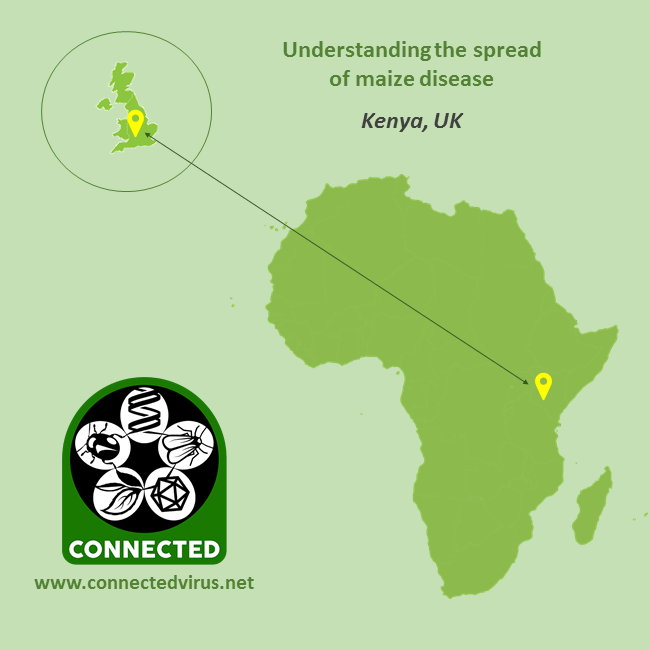Understanding The Spread
- Understanding Spread Bets
- Understanding The Spread
- Understanding The Spread Of Diseases
- Understanding The Spread In Forex

Understanding the spread of COVID-19 on public transport Researchers at Newcastle University are involved in a study to understand the risks of COVID-19 transmission on public transport and to identify the best measures to control it. Known as Project TRACK (Transport Risk Assessment for Covid Knowledge), the study will conduct fieldwork on. A point spread bet is also referred to as betting the spread or handicap betting. Point spread betting is a sports betting market in which a team either has to win by a specific number of points or goals, or not lose by a specific number of points or goals.
A new study lasers in on the early days of the coronavirus pandemic in Connecticut.
Age, race, even gender played a role in who got hospitalized from COVID-19, and who died from it, during that scary first wave that hit our state last year.
A new study was just released with that information.
NBC Connecticut Investigates spoke with one of its authors, Yale School of Medicine Professor Harlan Krumholz.
Understanding Spread Bets
Local
Krumholz said he and some fellow researchers wanted to learn how quickly COVID-19 first spread in the general community, not only cramped settings like prisons or nursing homes, where the rate of infection was magnified.
Download our mobile app for iOS or Android to get alerts for local breaking news and weather.
“We were a little bit in the dark as to exactly how many people in the state have totally been infected,” explained Krumholz.
That led to a study that excluded those facilities. Researchers asked roughly 1,000 Connecticut residents to take blood tests so they could see if they had COVID-fighting antibodies, a sure sign they had it either with or without symptoms.
“People came in they gave blood we looked in their blood and we said ‘…is there any, are there any telltale signs that they've actually been infected?’ and that's how we came up with the with the estimates of how far had the virus spread in the state by June,” Krumholz said.


They concluded during that time, the true COVID-19 hospitalization rate in Connecticut, excluding places like prisons and nursing homes, was actually just below 7%, with an infection fatality rate just under 1%, a little bit lower than previously published rates.
“We were a little bit in the dark as to exactly how many people in the state have totally been infected,” Krumholz added.
The study reaffirmed what we’ve heard about the hardest hit groups.
It concluded more than 16.49% of those over 65 who got COVID-19 died from it.
19.9% of all Hispanics had COVID-fighting antibodies in their blood.
Black patients made up 22.61% of Connecticut COVID-19 hospitalizations.
Krumholz noted “There wasn't a big difference in the likelihood of dying if you were infected but the Hispanic population was much more likely to be infected again their rates of dying actually were lower but I think younger, in the black population their rates are dying were about the same as whites little bit higher but more likely to be infected.”
Understanding The Spread
When it came to gender, the study said after the first COVID-19 wave hit Connecticut, 5.3% of women had the antibodies, compared to 2.5% of men.
Understanding The Spread Of Diseases
However, men had a COVID-19 hospitalization rate more than double that of women - 12.21% vs. 4.64%, and a fatality rate seven times higher - 2.39% vs. 0.34%.
“I'll stand behind it as I think the best estimate of the harm of the virus… we were really able to I think nail down exactly what was going on in that first wave and what was the harm associated with being infected,” Krumholz said.
Now armed with the data researchers plan to use it to help determine why these trends occurred, and how that can help us prepare for the remainder of this pandemic, and any others in the future.
Understanding The Spread In Forex
“Now we've got a very good benchmark for what happened with this virus before we had tools and before we have vaccines and it will be a benchmark for what happens next,' Krumholz added.